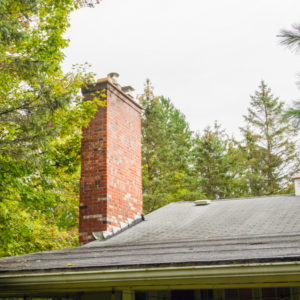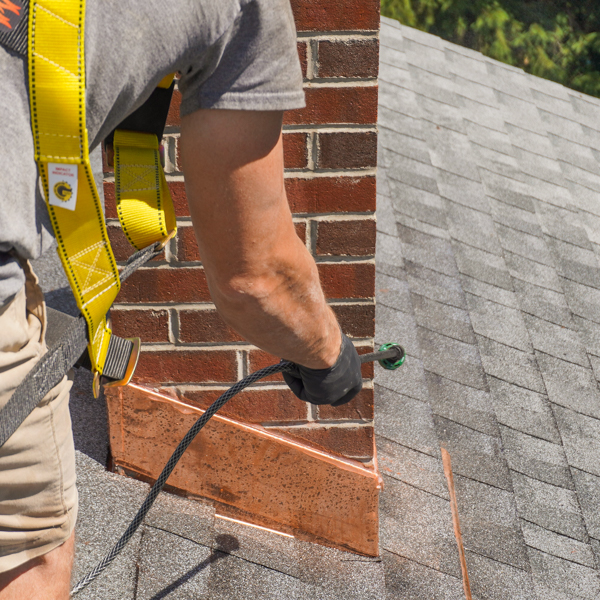How Chimney Components Protect Your System
 When we think of a chimney, we think of the tall brick structure. But chimneys are more than just masonry. They’re built with a variety of components that work together to keep your chimney safe and operating at its best.
When we think of a chimney, we think of the tall brick structure. But chimneys are more than just masonry. They’re built with a variety of components that work together to keep your chimney safe and operating at its best.
Mercer County Chimney Services of Hamilton Township, NJ, presents a brief overview of these important components and tips on keeping them in top shape.
Chimney liner
Chimney liners are most commonly made from stainless steel, clay tiles or a poured-in-place compound. Liners shield the interior chimney masonry from intense heat as well as acidic compounds that accumulate in your chimney and could lead to damage.
A compromised chimney liner not only will cause issues with the chimney structure and building materials of the home adjacent to the chimney, but it also can allow toxic gases including carbon monoxide to move into your home. Chimney liners should be looked at as part of an annual chimney inspection.
They should always be inspected after a known
or suspected chimney fire.
Chimney cap
The chimney cap sits atop a chimney to protect the flue opening from incoming water. Full-width chimney caps cover the entire top of the chimney and also protect the chimney crown. Over time, a chimney cap may become rusted or warped. An ill-fitted cap can lead to major water damage within the chimney system. If you have no chimney cap at all, your flue will be open to leaves, twigs, small animals and other things you don’t want in there. Keep an eye on your chimney cap and notify your chimney services company if you spot anything unusual.
Chimney crown
The concrete chimney crown is a slab that covers everything at the top of your chimney except the flue opening. Crowns keep water from running down into interior areas of the chimney system, where it can cause rot, decay and mold growth. Chimney crowns may become cracked. When this happens, rain and snow can get into the cracks and then freeze and expand, causing further damage.
Notify your chimney technician if you notice cracked areas within your chimney crown. Crowns can be repaired and water sealed; in severe cases, they can be rebuilt.
 Chimney flashing
Chimney flashing
Chimney flashing is what seals the gap between your roof and exterior chimney. Built from two pieces, a flat piece and an L-shaped piece, flashing is a critical chimney component that keeps water from running down into unseen areas of your home. Warped or rusted flashing can lead to significant damage to your home’s building materials and unseen parts of your chimney structure. Major mold outbreaks can occur when flashing is compromised. Perform occasional inspections of your flashing and alert your chimney technician if you spot signs of damage or warping.
Fireplace damper
Technically part of a fireplace system, the damper, sits just below the chimney flue and regulates the flow of air between the firebox and the outside world. When the fireplace is in use, the damper should be fully open. At all other times, it should be fully closed. If the damper is rusted, warped or otherwise damaged, it can’t do its job. Pay attention to how the pulley or lever mechanism of your damper works. If it squeaks and is hard to manipulate, you
should have it inspected and repaired or replaced.
Keep your chimney in great shape
Mercer County Chimney Services provides a full menu of chimney repairs, licensed chimney inspections and expert chimney cleaning. We’re on call year-round throughout the Hamilton Township, NJ, region to make sure your chimney is safe and works as it should. Speak with a chimney professional today at (609) 802-5288 or get in touch through our simple contact form.


